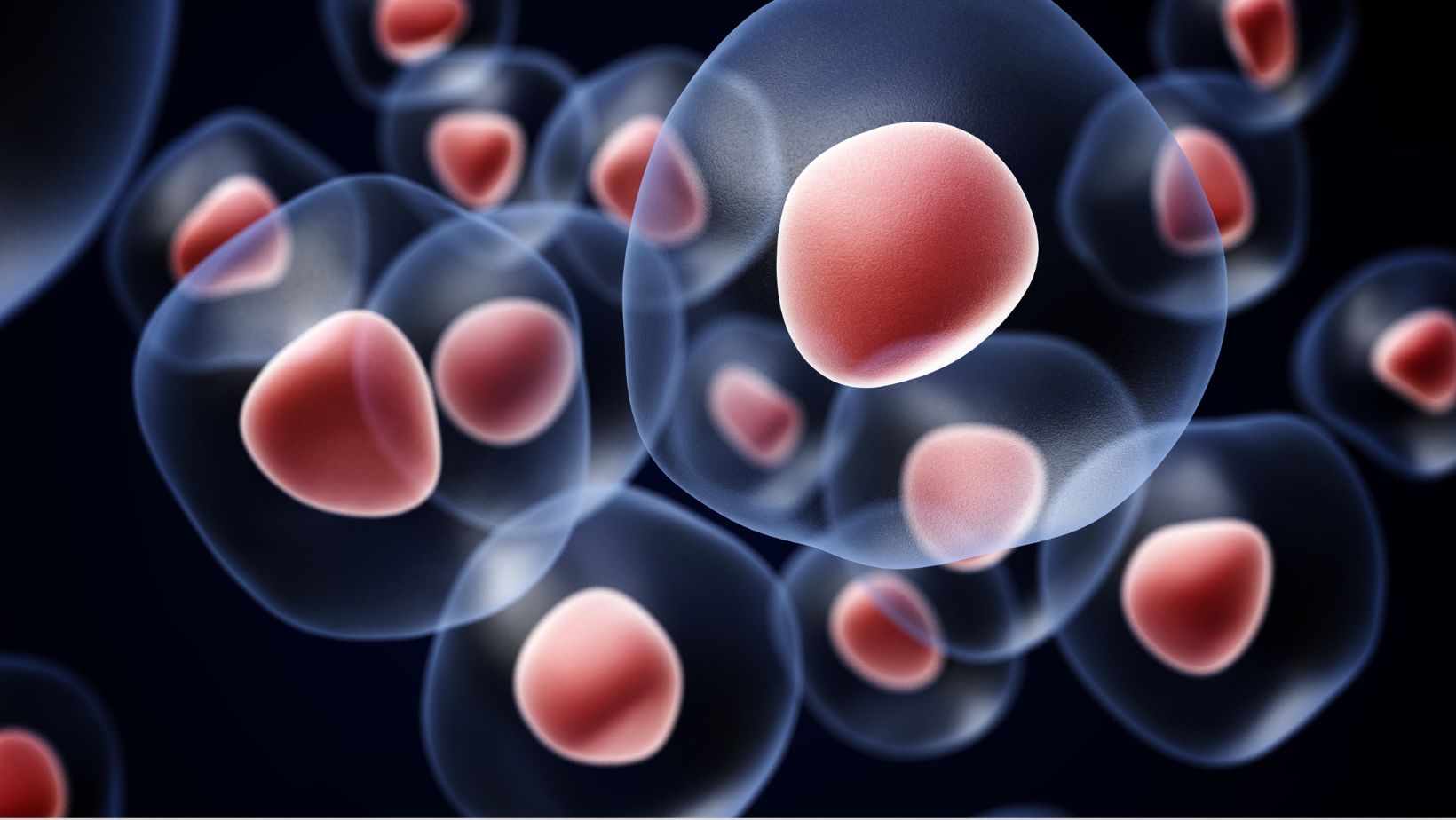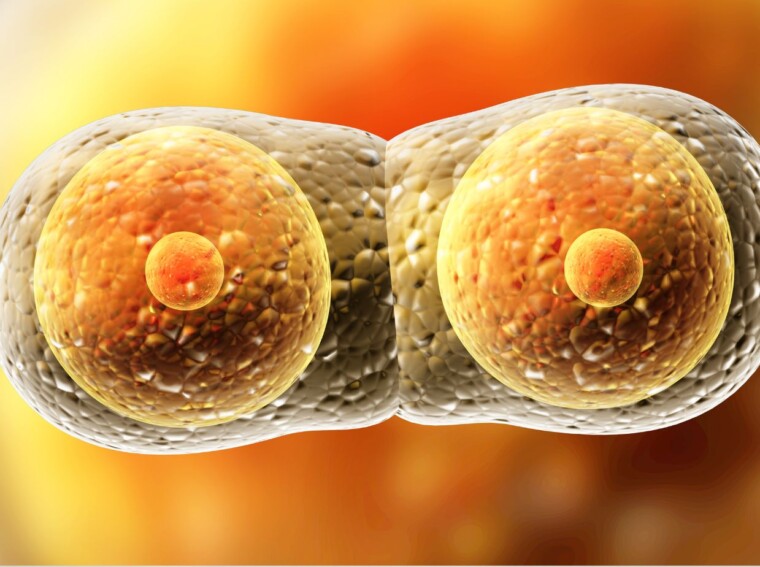Meiosis Accomplishes All of the Following Except
Meiosis is a fundamental process that plays a crucial role in the reproduction of organisms. As an expert in the field, I am well aware of the significance of meiosis and the various functions it serves. It is a complex cellular division process that results in the formation of gametes, such as eggs and sperm. These gametes are essential for sexual reproduction and contribute to genetic diversity. However, what many people may not know is that meiosis accomplishes all of the following except one.
During meiosis, the genetic material is shuffled and recombined, leading to the production of genetically diverse offspring. This process is crucial for the survival and evolution of species. Additionally, meiosis ensures that the number of chromosomes in the offspring is halved, allowing for the restoration of the original chromosome number during fertilization. Furthermore, meiosis aids in the segregation of alleles, which are alternative forms of genes, ensuring that each offspring receives a unique combination of genetic information.
Main Functions of Meiosis
Genetic Diversity
One of the main functions of meiosis is to generate genetic diversity within a population. Through a process called crossing over, genetic material is shuffled and recombined, leading to the formation of genetically unique daughter cells. During meiosis I, homologous chromosomes exchange pieces of DNA, resulting in the mixing of genetic information from both parents. This process introduces new combinations of alleles, which are different versions of a gene, into the offspring. The greater the genetic diversity, the higher the chances of survival and adaptation to changing environments. Meiosis accomplishes this important function by allowing for the creation of offspring with unique genetic makeups.
Reduction of Chromosome Number
Another crucial function of meiosis is the reduction of chromosome number. In the first round of division, known as meiosis I, homologous chromosomes separate, ensuring that each daughter cell receives one copy of each chromosome. This halving of the chromosome number is essential for the fusion of gametes during fertilization. If meiosis did not occur and the chromosome number was not reduced, the resulting zygote would have twice the number of chromosomes, leading to genetic instability and developmental abnormalities. By reducing the chromosome number, meiosis ensures the proper balance of genetic material in the resulting cells and sets the stage for sexual reproduction.

Steps of Meiosis
Prophase I
During Prophase I, which is the first phase of meiosis, several important events occur. The chromosomes condense and become visible under a microscope. Homologous chromosomes pair up and undergo a process called synapsis, where they align closely together. This alignment allows for a phenomenon known as crossing over, where genetic material is exchanged between the paired chromosomes. Crossing over is a crucial mechanism for creating genetic diversity, as it shuffles and recombines genetic material. This process helps to generate unique combinations of genes and contributes to the variation observed within populations.
Metaphase I
In Metaphase I, the pairs of homologous chromosomes align along the cell’s equator. This alignment occurs through the attachment of the chromosomes to the spindle fibers, which extend from opposite ends of the cell. The precise alignment of the chromosomes is crucial for their proper separation in the subsequent phases of meiosis. Once the chromosomes are correctly aligned, the microtubules of the spindle apparatus exert tension on the chromosomes, ensuring their stability and facilitating their separation.
Anaphase I
During Anaphase I, the homologous chromosomes separate and move towards opposite poles of the cell. This separation is achieved through the contraction of the spindle fibers, which pull the chromosomes apart. The movement of the chromosomes ensures that each resulting daughter cell receives one copy of each homologous chromosome. This separation of homologous chromosomes is a key step in meiosis, as it contributes to the reduction in chromosome number and the production of haploid cells.
Telophase I
In Telophase I, the separated homologous chromosomes reach the opposite poles of the cell. At this stage, the nuclear envelope reforms around each set of chromosomes, and the chromosomes begin to decondense. The cytoplasm of the cell also undergoes division through a process called cytokinesis, resulting in the formation of two daughter cells. Each daughter cell contains only one copy of each homologous chromosome, making them haploid. It is important to note that at the end of telophase I, the cell does not enter a resting phase, but rather proceeds directly to meiosis II.
These are the key steps of meiosis, namely prophase I, metaphase I, anaphase I, and telophase I. Each of these steps plays a crucial role in the creation of genetically diverse daughter cells and the reduction of chromosome number. Meiosis accomplishes these functions through the precise orchestration of these steps, ensuring the successful production of haploid cells.

